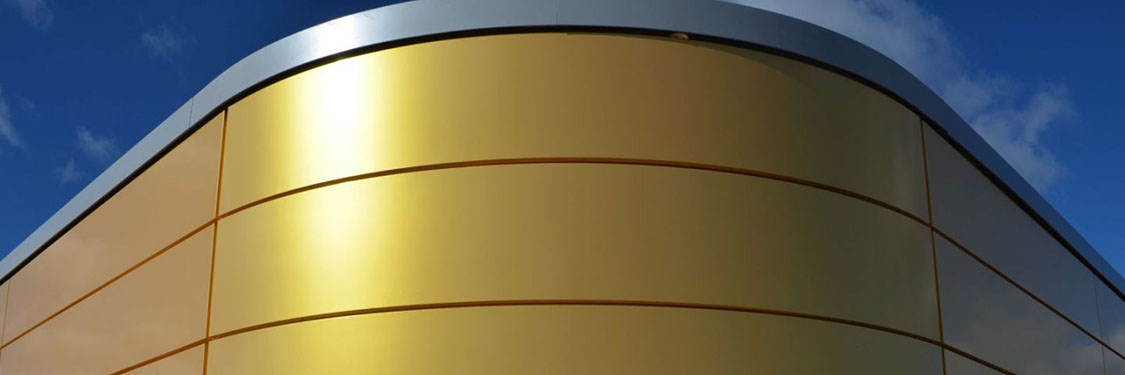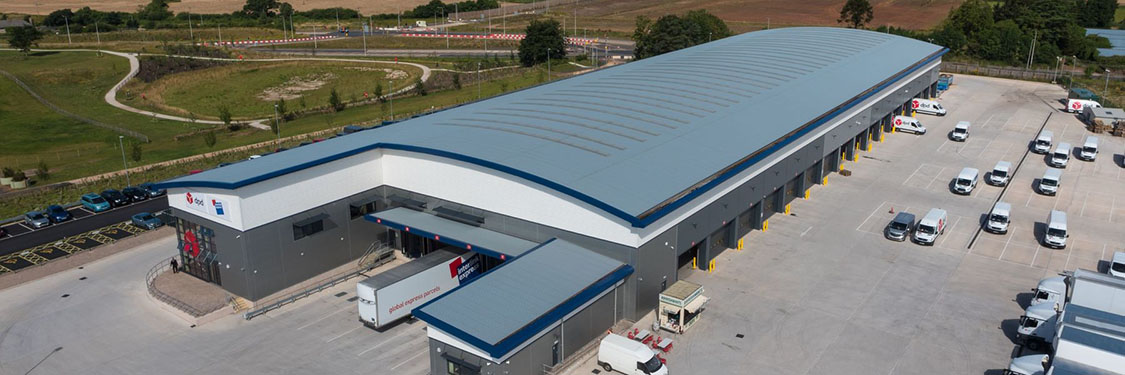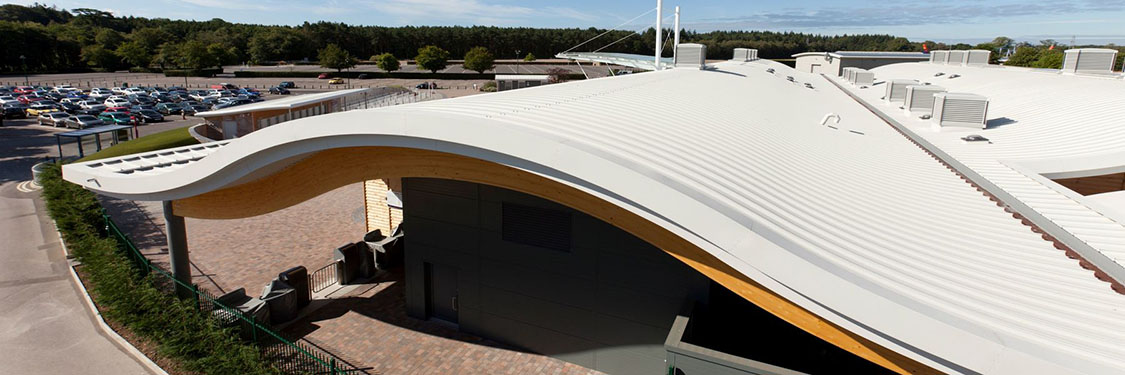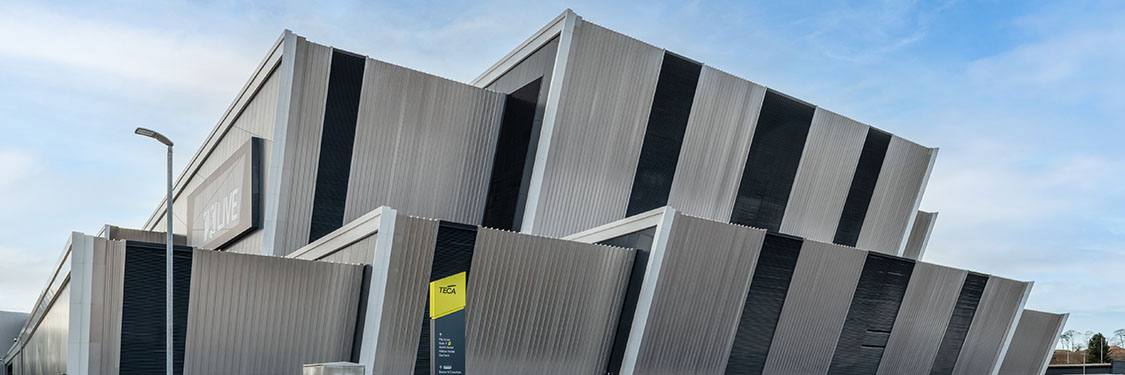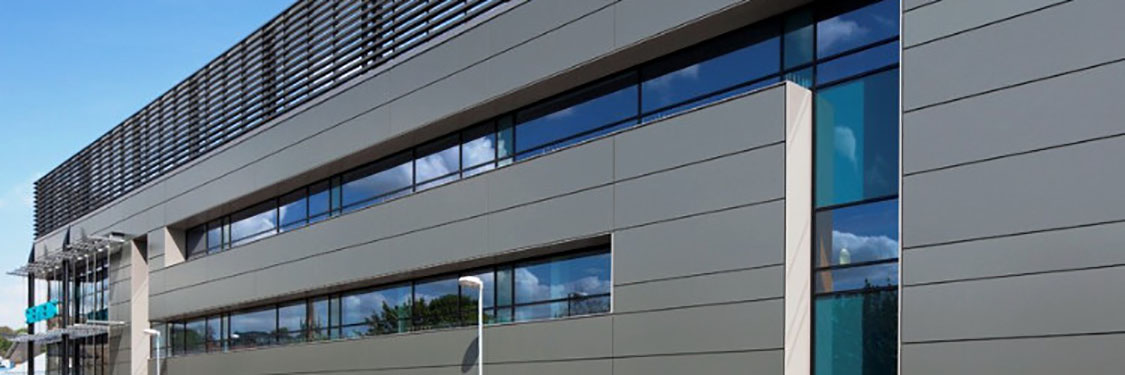Composite construction has proven popular because it combines structural efficiency with speed of construction to offer an economic solution for a wide range of building types. Applications include commercial, industrial and residential buildings.
Composite slabs consist of profiled steel decking with an in-situ reinforced concrete topping. The decking not only acts as permanent formwork to the concrete, but also provides sufficient shear bond with the concrete so that, when the concrete has gained strength, the two materials act together compositely.
Composite construction has contributed significantly to the dominance of steel frames in the commercial building sector in the UK. The main benefits of composite construction are:
- Speed of construction
- Safe method of construction
- Saving in weight
- Saving in transport
- Structural stability
- Shallower construction
- Sustainability
- Easy installation of services
Composite slabs have traditionally found their greatest application in steel-framed office buildings, but they are also appropriate for the following types of building:
- Other commercial buildings
- Industrial buildings and warehouses
- Leisure buildings
- Stadia
- Hospitals
- Schools
- Cinemas
- Housing; both individual houses and residential buildings
- Refurbishment projects.
Metal floor decking profiles can also be used in combination with durable boards, fixed to the top surface of the profile, to provide mezzanine floor areas for both new and refurbishment projects.
Further technical guidance and information on this subject can be found on the MCRMA web site under publications and directly from the system manufacturers featured within the member companies’ section on the MCRMA web site.

